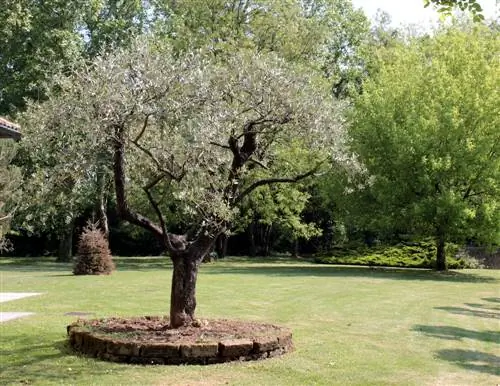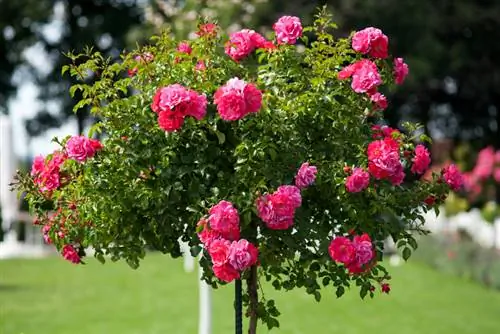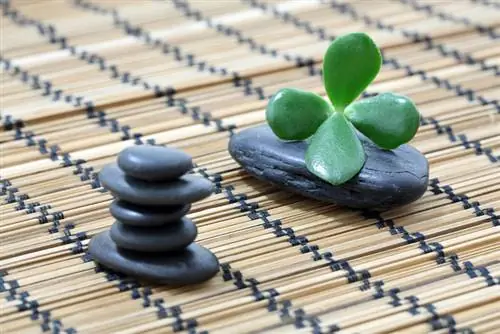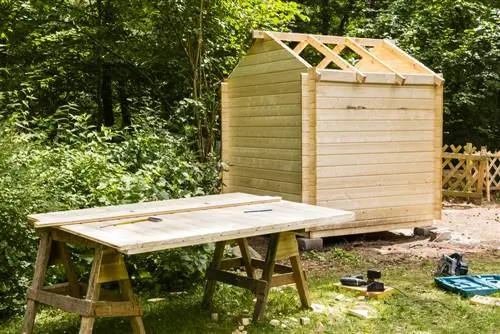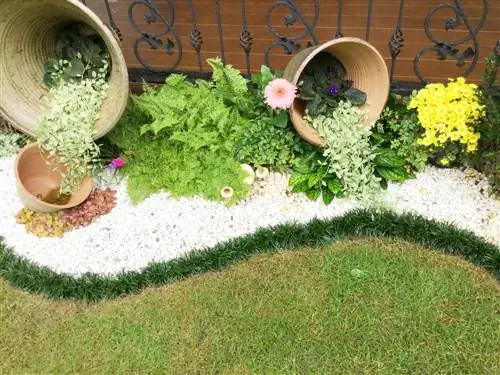- Author admin [email protected].
- Public 2023-12-16 16:46.
- Last modified 2025-01-23 11:21.
Trees are indispensable companions in the garden. They give the garden space structure, set accents, provide ripeness, shade and improve the climate.
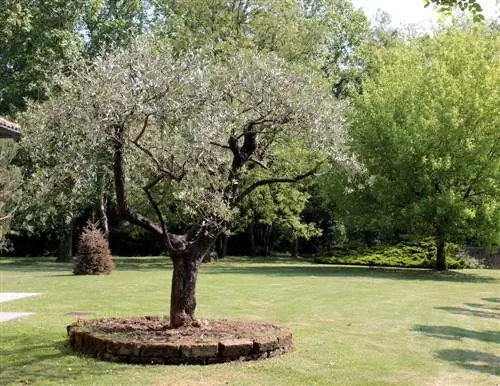
How to design a garden with trees?
When designing a garden with trees, choosing a suitable tree is crucial. Pay attention to growth habit, size, foliage and special features such as flowers, fruits or bark. Place the tree according to its shape and carefully plan color combinations with surrounding plants. Please also note space requirements, lighting conditions and local regulations.
Trees need space
However, before you plant a tree in your garden, you should be clear about the following: Trees need space to find their habitat and to develop their characteristic shape. In addition, a tree casts more and more shadow over time and therefore deprives the garden and other plants of light. Ergo, trees in the home garden should correspond to the light needs of people, animals and plants in terms of their density and size when fully grown. So choose a tree that is appropriate for the space available. Furthermore, the distances between trees and property boundaries are determined in the neighborhood law of the respective federal states. This also limits the possible garden design.
Garden design with trees
In addition to the size and growth characteristics, when choosing a tree, you also take into account its shape in the broadest sense. The main selection criteria are the growth habit, the foliage and possible special features such as particularly attractive flowers, fruits or bark.
Growth shape shapes the character
Many trees and shrubs develop into special growth forms such as:
- Columns (columnar cherry, columnar oak, columnar beech)
- Balls (ball maple, ball locust)
- Shapes with hanging branches (weeping ash, weeping elm, weeping willow)
- Shapes with branches twisted like a corkscrew (corkscrew willow)
These forms, which deviate from the normal habitus, require a special place in the garden so that their striking shape can be shown to advantage. Clear shapes such as columns and spheres require a geometric position; They can be placed in pairs at the entrance, in an avenue or in a roundabout. Hanging shapes should be able to cascade down onto a quiet surface (e.g. lawn or water) or onto a flat planting.
Careful color planning
Trees whose leaf and needle color differ from the usual green can also be used as a special feature in the garden. In a colorful mixture of colors the effects cancel each other out, but attractive effects can be achieved with color groupings and careful color coordination. A single tree with white or yellow foliage stands out particularly strikingly from the surrounding dark green. A red-leaved tree in particular is always a striking appearance. There are red-leaved varieties of maple, beech, crabapple and ornamental plum. When accompanied by shrubs and perennials with flowers in shades of pink and purple, they create a special eye-catcher.
Tip
In some communities, the development plan prescribes the types of trees to be planted. These regulations must be taken into account when planning the garden.

